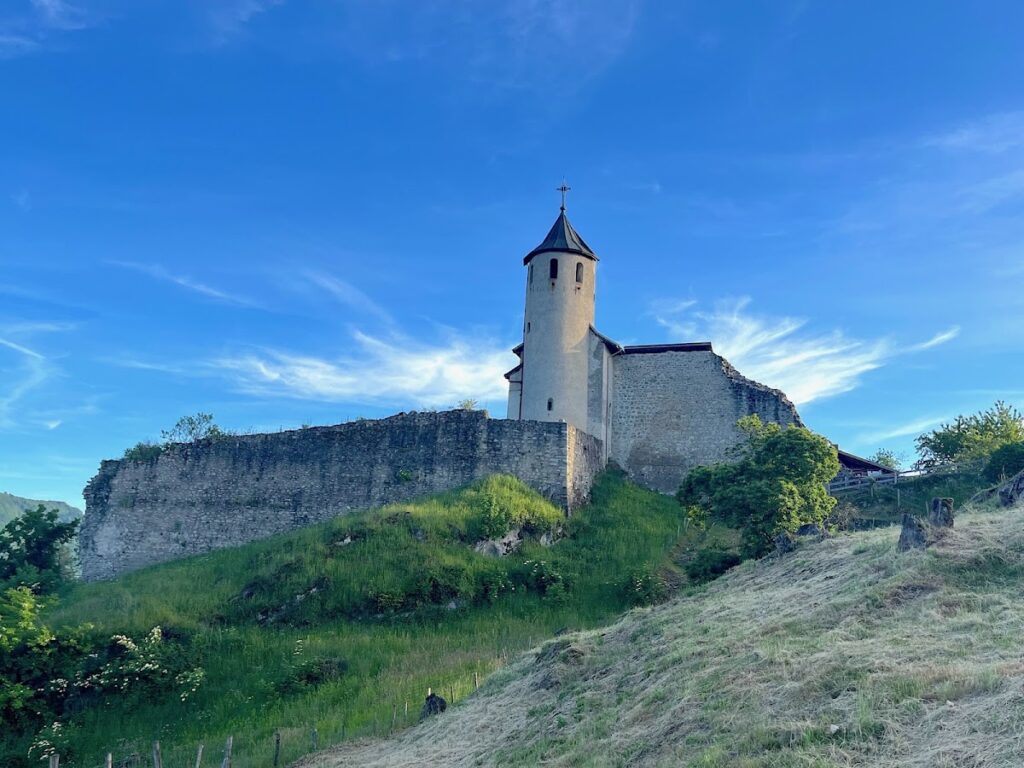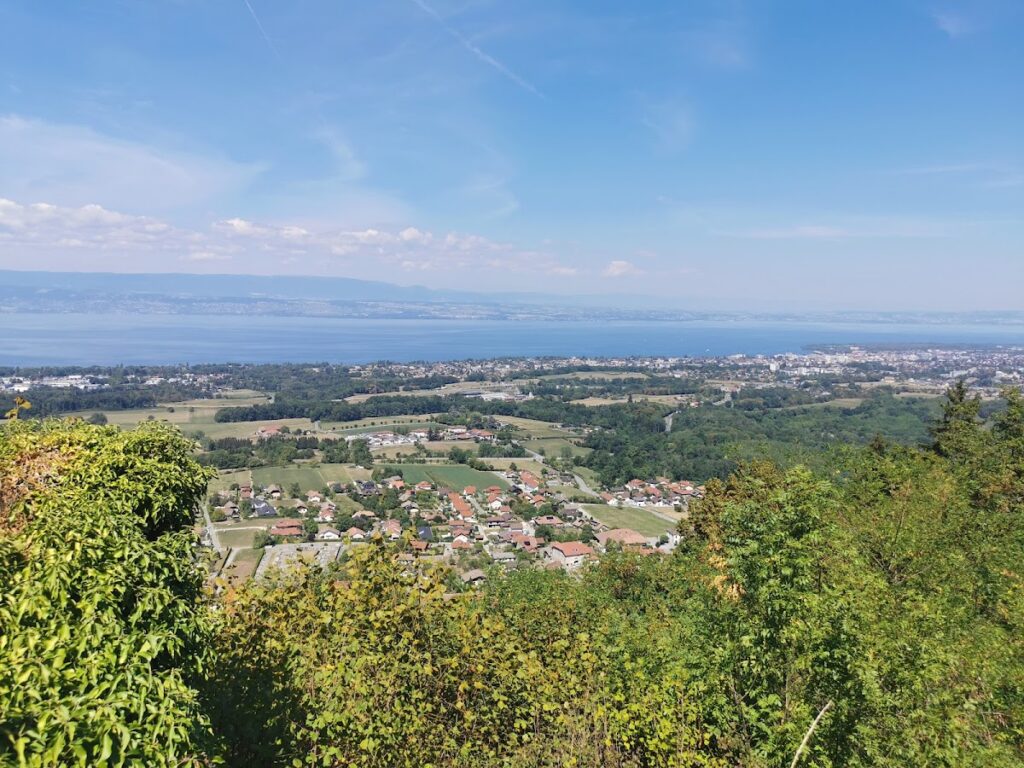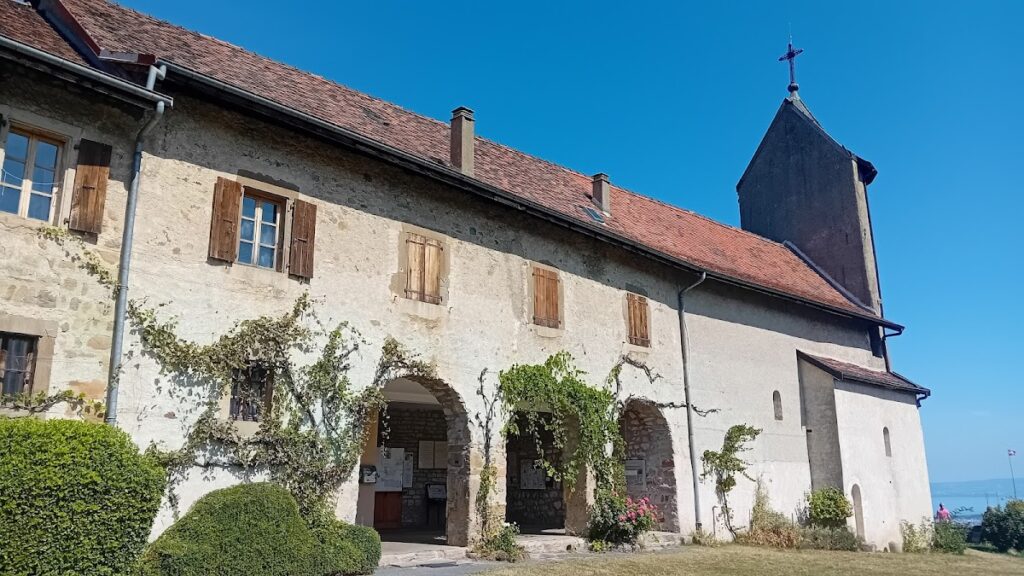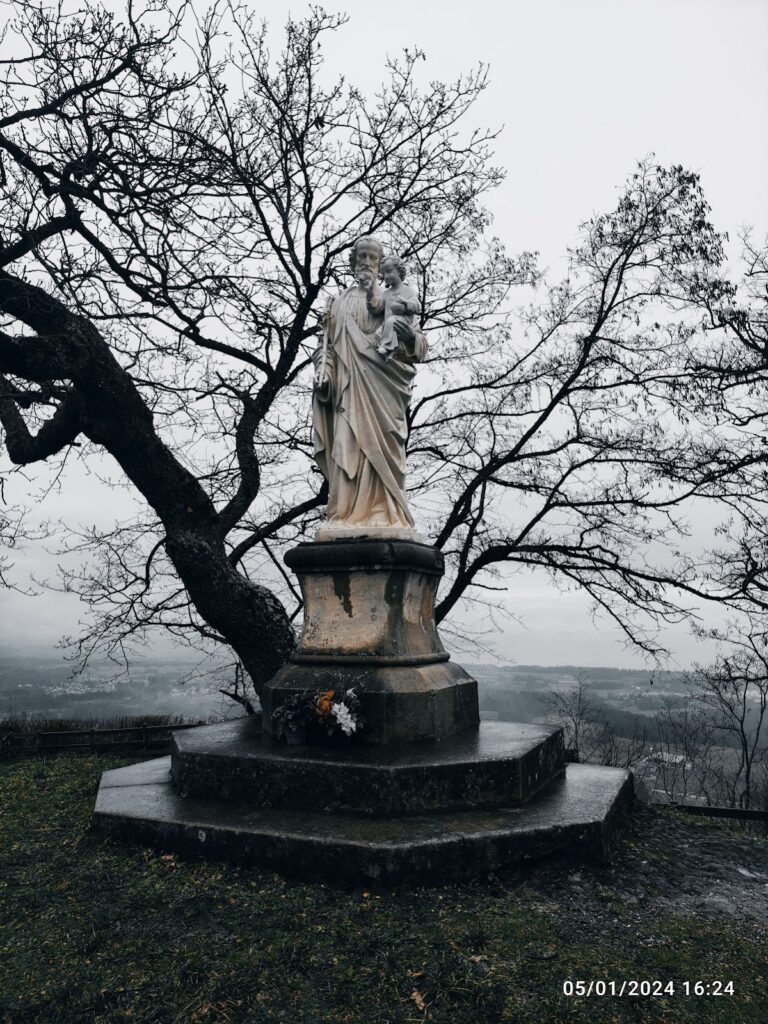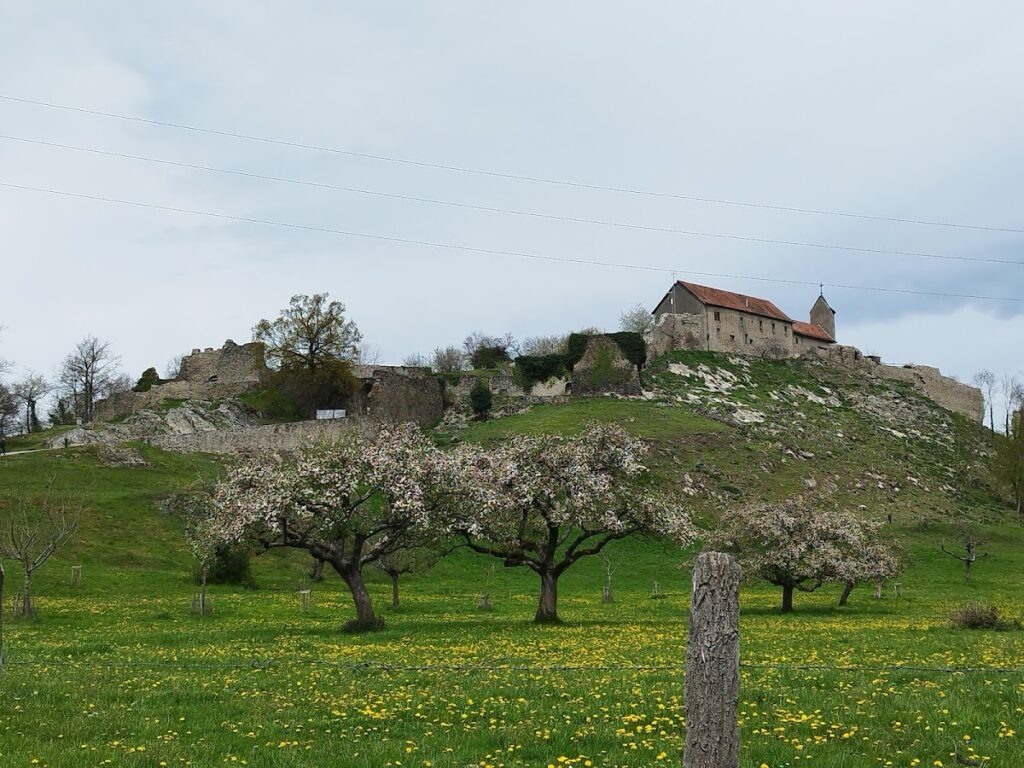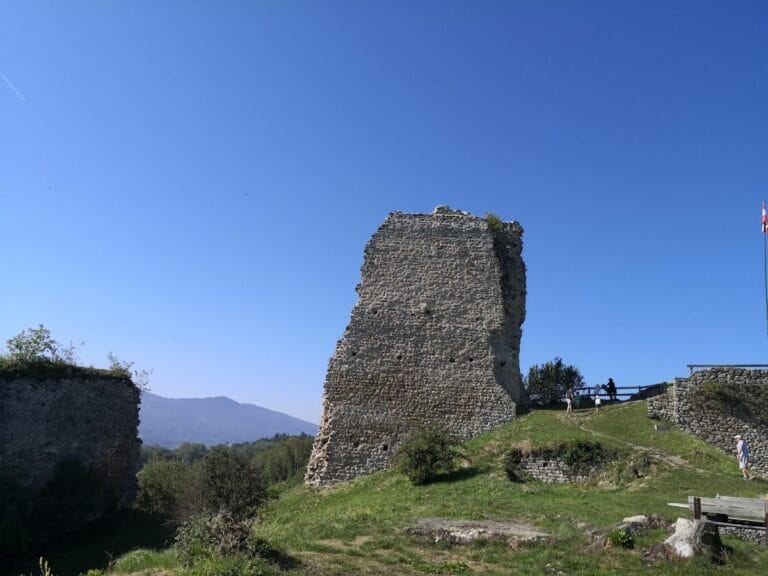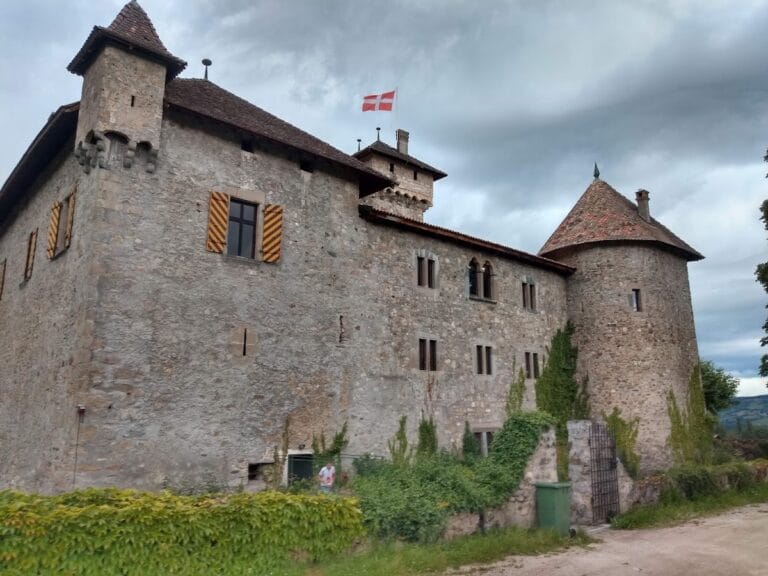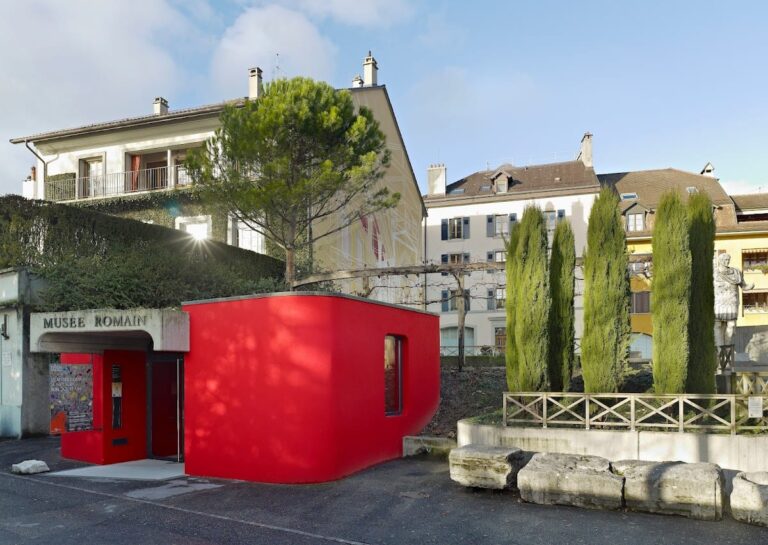Château-Neuf d’Allinges: A Historic Castle in France
Visitor Information
Google Rating: 4.7
Popularity: Low
Google Maps: View on Google Maps
Official Website: www.visitesenchablais.fr
Country: France
Civilization: Medieval European
Remains: Military
History
Château-Neuf d’Allinges is located in the municipality of Allinges in modern-day France. It was originally built in the 10th century by King Rodolphe II of Burgundy as a fortified stronghold within the Chablais region. His successor, Rodolphe III, carried out restorations that helped establish the castle’s role as the administrative center, or châtellenie, under the Counts of Savoy.
The castle is first recorded in historical documents from 1204, referred to as “castra,” and quickly became associated with the House of Savoy. Counts such as Thomas I and Amédée VIII used it to assert their regional authority. Between the late 13th and early 14th centuries, Château-Neuf d’Allinges was involved in ongoing conflicts with the Dauphins of Viennois. These struggles included several sieges, during which the castle suffered damage from siege engines deployed between 1272 and 1308.
By 1288, the châtellenie of Allinges-Neuf merged with the neighboring châtellenie of Thonon due to the latter’s growing economic importance, which resulted in the castle losing its administrative prominence. Over time, residents abandoned the castle and its surrounding settlement, relocating to more accessible land in the plains below.
In the 16th century, the castle experienced renewed military significance when Bernese forces occupied it from 1536 to 1567. Not long after, in 1570, the Baron d’Hermance reinforced the fortifications and demolished remaining houses in the nearby village to improve defensive capabilities. The castle again played a role in conflict throughout the Franco-Savoyard wars around 1600-1601 and was later occupied by French troops multiple times during the 17th and early 18th centuries—in 1630, 1690, and 1703.
Amid the War of Spanish Succession, Duke Victor-Amédée II ordered the dismantling of the castle’s fortifications in 1703 to deny them to enemy French forces. The fortification gradually fell into ruin.
Nearly a century and a half later, in 1832, the site was purchased by Mgr Rey, Bishop of Annecy, who established a residence for the Missionaries of Saint Francis de Sales. The religious community has maintained the castle ruins as a place of pilgrimage since that time.
Recognition of the site’s historical value culminated in its official designation as a historic monument by decree on 24 May 2011, encompassing the castle, its chapel, and the remnants of the old village.
Remains
The Château-Neuf d’Allinges is composed of two principal sections enclosed within a shared curtain wall of modest height. The older part, situated to the northwest, features a courtyard encircling the foundations of a now-destroyed donjon, or keep. This original structure dates back to at least 1073 and originally belonged to the lords of Allinges, predating the Counts of Savoy’s involvement.
The newer portion, known as the “castle of the count,” is a polygonal enclosure constructed at the turn of the 12th to 13th century by the Savoy counts. Within this area lie the remains of a large square main tower, measuring about 14 meters on each side, with walls over two meters thick, indicating its importance as a defensive stronghold. Adjacent to this tower are the vestiges of residential buildings alongside a castral chapel.
This chapel is notable for its semicircular apse integrated into a flanking tower. Within the chapel, fragments of 11th-century Romanesque frescoes survive. These include depictions of Christ in Majesty surrounded by the four Evangelists and various saints. Additional painted elements feature representations of the four virtues as busts and a full-figure image of Saint Martin, Bishop of Tours.
Strategically, the castle occupies a hilltop 712 meters above sea level, dominating the surrounding landscape, including views over the village of Allinges, Thonon-les-Bains, and Lake Geneva. It stands approximately 200 meters above the nearby village and shares the “butte des châteaux,” or hill of castles, with Château d’Allinges-Vieux, located just 150 meters away. The two fortifications are separated by a saddle in the terrain, which is enhanced with two defensive ditches.
Defensive improvements include two barbicans, or fortified outposts, guarding the southwestern approaches to the castle. Additional features within the site include vaulted cellars and a barn positioned southwest of the chapel. Archaeological traces also reveal the layout of the former walled village, illustrating agricultural plots and domestic installations that supported the castle’s inhabitants.
Access to the ruins can be made from the hamlet of Mâcheron to the south or directly from the village of Allinges to the north, following pathways preserved over the centuries.
